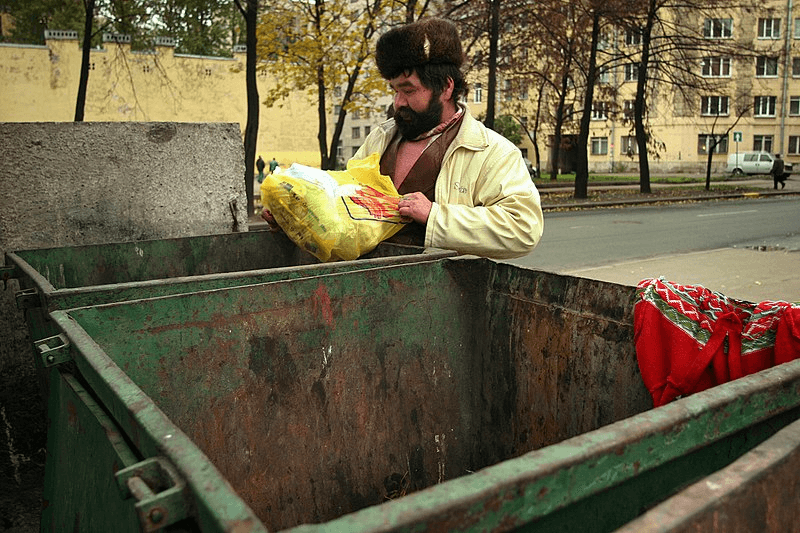It’s a trend gaining ground as consumers spend more time reading packaging labels and menu ingredients to learn where their food comes from and how it affects the environment. More than 35 million tons (31 million metric tons) of food are wasted every year in the U.S. — about 40% of the country’s food production — costing the national economy more than $200 billion, according to the Upcycled Food Association.
The Upcycled Food Association, which will celebrate World Upcycling Day on [June 24], issues an official “Upcycling Certified” seal to qualifying products. These seals, which adorn the new Salt & Straw upcycled flavors, raise awareness with consumers that the company making the food used such ingredients.
The association initially certified about 30 products in 2021 and now has 450 carrying the label.































